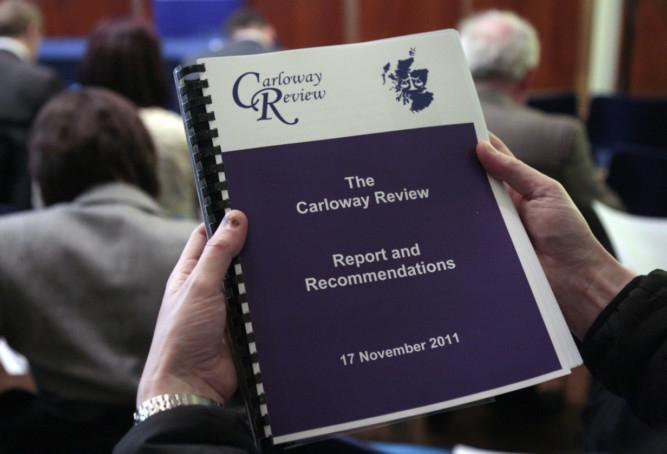The not proven verdict could be abolished after the Scottish Government launched a consultation on the country’s legal system.
Other proposals being put forward include increasing the jury majority required to return a verdict from eight to nine or 10 out of 15.
Trial judges may also see their powers to rule there is no case to answer widened.
The new proposals for safeguards to the system are being proposed in the light of the responses to the Carloway consultation, published yesterday.
The review, led by Lord Carloway, looked at a range of aspects of Scottish criminal law and practice in the aftermath of the Cadder decision, which ruled detention of suspects by the police for up to six hours without access to legal advice did not comply with the European Convention on Human Rights.
Justice Secretary Kenny MacAskill said further consultation was needed after the publication of the findings to make sure Scotland’s legal system was regarded as “one of the best in the world.”
He added: “It is clear from the consultation responses we have received that the great majority of respondents think that it is necessary to consider additional safeguards, and they have highlighted, in particular, the question of jury majorities and the ‘not proven’ verdict.”
Lord Carloway’s report also recommended the requirement for corroboration be abolished, a view supported by such organisations as Rape Crisis and Victim Support.
However, the majority of respondents from the legal profession were not in favour of the proposal, with most arguing that safeguards should be put in place if corroboration was abolished.
Mr MacAskill said: “I am confident that in a system without a requirement for corroboration we would continue to see police and prosecutors striving to find the best evidence that can practically be made available to the court.
“I trust Scottish judges and juries would continue to apply good judgement and would only convict on the basis of clear evidence.”
kiandrews@thecourier.co.uk
